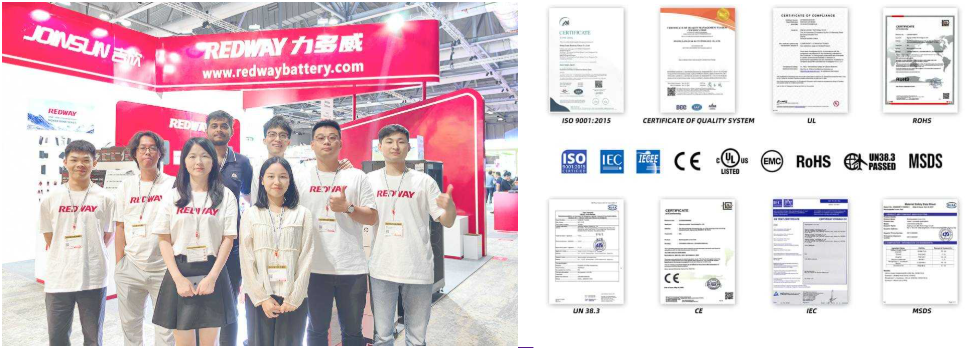The manufacturing process of a lithium battery involves several critical steps, including material preparation, cell assembly, formation, and packaging. Key components include the anode, cathode, electrolyte, and separator. Each step is crucial to ensure the battery’s performance, safety, and longevity. A Comprehensive Overview of Lithium Battery ManufacturingLithium batteries have become essential in various applications, from consumer electronics to electric vehicles. Understanding how these batteries are manufactured can provide insights into their performance and reliability. This article will delve into the detailed processes involved in lithium battery production.
1. Material Preparation
The first step in manufacturing lithium batteries is preparing the raw materials.
- Anode Materials: The most common anode material is graphite, which is processed into fine particles. Other materials, such as silicon, are also being explored to enhance capacity.
- Cathode Materials: Lithium metal oxides, such as lithium cobalt oxide (LiCoO2) or lithium iron phosphate (LiFePO4), are typically used for the cathode. These materials are mixed with conductive agents and binders to form a slurry.
- Electrolyte: The electrolyte is usually a lithium salt dissolved in an organic solvent. Common salts include lithium hexafluorophosphate (LiPF6).
2. Electrode Production
Once the materials are prepared, the next step involves creating the electrodes.
Wholesale lithium golf cart batteries with 10-year life? Check here.
- Coating: The slurry for both anodes and cathodes is coated onto metal foils—copper for anodes and aluminum for cathodes. This coating process ensures a uniform layer of active material.
- Drying: After coating, the electrodes are dried in controlled environments to remove any solvents from the slurry.
- Cutting: The dried electrodes are then cut into specific shapes and sizes to fit into the battery cells.
3. Cell Assembly
The assembled electrodes are combined to create individual cells.
- Stacking or Winding: Depending on the design, electrodes may be stacked or wound together with a separator—a porous membrane that prevents short circuits while allowing lithium ions to pass through.
- Electrolyte Filling: Once assembled, the cell is filled with electrolyte under vacuum conditions to ensure no air bubbles remain inside.
4. Formation Process
The formation process is critical for establishing the battery’s electrochemical properties.
Want OEM lithium forklift batteries at wholesale prices? Check here.
- Initial Charging: Cells undergo an initial charging cycle that forms a solid electrolyte interphase (SEI) layer on the anode surface. This layer is crucial for battery performance and longevity.
- Testing: After formation, cells are tested for voltage, capacity, and internal resistance to ensure they meet quality standards.
5. Packaging and Quality Control
Once cells pass testing, they are packaged for distribution.
- Battery Module Assembly: Cells are grouped into modules based on design specifications. Additional components such as Battery Management Systems (BMS) may be integrated at this stage.
- Final Testing: Each module undergoes final testing to ensure safety and performance standards are met before leaving the factory.
6. Environmental Considerations
Manufacturing lithium batteries also involves addressing environmental concerns:
- Recycling Initiatives: Many manufacturers are investing in recycling technologies to reclaim valuable materials from used batteries.
- Sustainable Practices: Efforts are being made to source raw materials responsibly and reduce waste during production.
Comparative Analysis Table
| Step | Description |
|---|---|
| Material Preparation | Sourcing and processing anode, cathode, electrolyte materials |
| Electrode Production | Coating metal foils with active material slurry |
| Cell Assembly | Stacking or winding electrodes with separators |
| Formation Process | Initial charging to establish electrochemical properties |
| Packaging | Assembling modules and final testing |
| Environmental Considerations | Recycling initiatives and sustainable practices |
Latest News
- Recent advancements in lithium battery technology focus on improving energy density while reducing costs through innovative manufacturing processes.
- A new report highlights the growing demand for sustainable practices in lithium battery production, emphasizing recycling and responsible sourcing of materials.
- Major manufacturers are investing in automated production lines to enhance efficiency and quality control in lithium battery manufacturing.
Redway Expert Comment
“In our experience at Redway Battery, understanding the intricacies of lithium battery manufacturing is essential for delivering high-quality products. Our commitment to innovation ensures that we not only meet but exceed industry standards while prioritizing sustainability throughout our production processes. As we continue to evolve our methods, we aim to lead in both performance and environmental responsibility.” ConclusionIn conclusion, the manufacturing process of lithium batteries involves multiple intricate steps—from material preparation to final packaging. Each phase plays a vital role in ensuring the performance, safety, and longevity of the batteries. As technology advances, manufacturers will continue to enhance these processes, contributing to more efficient and sustainable energy solutions.





